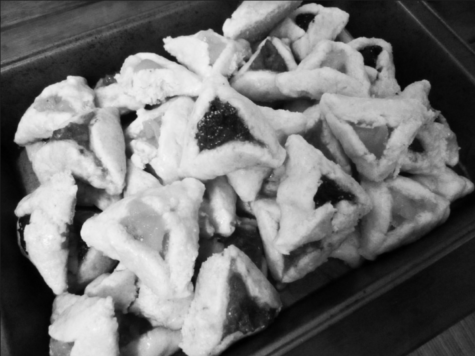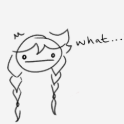A forgotten holiday
Purim is the story of oppression and funny hats.
March 12, 2019
Jews from all across the world are looking forward to the Jewish holiday of Purim, beginning the evening of Mar. 20, 2019 or the Hebrew date of Adar 14th.
Purim follows the classic archetype for a Jewish festival– a celebration filled with food and frivolity to commemorate the Jews of the past overcoming an incredible evil.
Purim is the story of the Jews of ancient Persia under the rule of King Ahasuerus, and it remains an incredibly applicable story of heroism, feminism, and overcoming hate and bigotry.
The story begins with Queen Vashti refusing to dance for the king’s court donning only a crown and her subsequent removal from the kingdom. Vashti’s refusal of the king’s request represents a theme of standing up to those in charge of one’s own rights.
The story then turns to Esther (Hadassa), who is secretly Jewish and is sent by her cousin Mordecai to join the pageant to become the queen.
While Esther eventually becomes the queen, the king’s top advisor, Haman, decides that all the Jews of Persia need to be killed on the 14th day of Adar.
When Esther hears this news, she knows she has to approach the king and inform him that she is Jewish. In that time, however, it was not acceptable for anyone to approach the king without an invitation and Esther feared she would face the same fate as Vashti.
Such was not the case, and Haman was hanged by the king on the gallows that had been built for the Jews, while Mordecai became the king’s new advisor.
Today, Purim is one of the most joyous celebrations of the year. Aside from reading the Megillah (the story of Esther), many synagogues do dramatic retellings of the story in unique styles like Broadway musicals or superheroes. These are called Purim Shpiels.
Additionally, it is a commandment to give gifts to friends and family on Purim, so many Jews give triangle shaped cookies called Hamantaschen to commemorate Haman’s rumored triangle-shaped hat.







